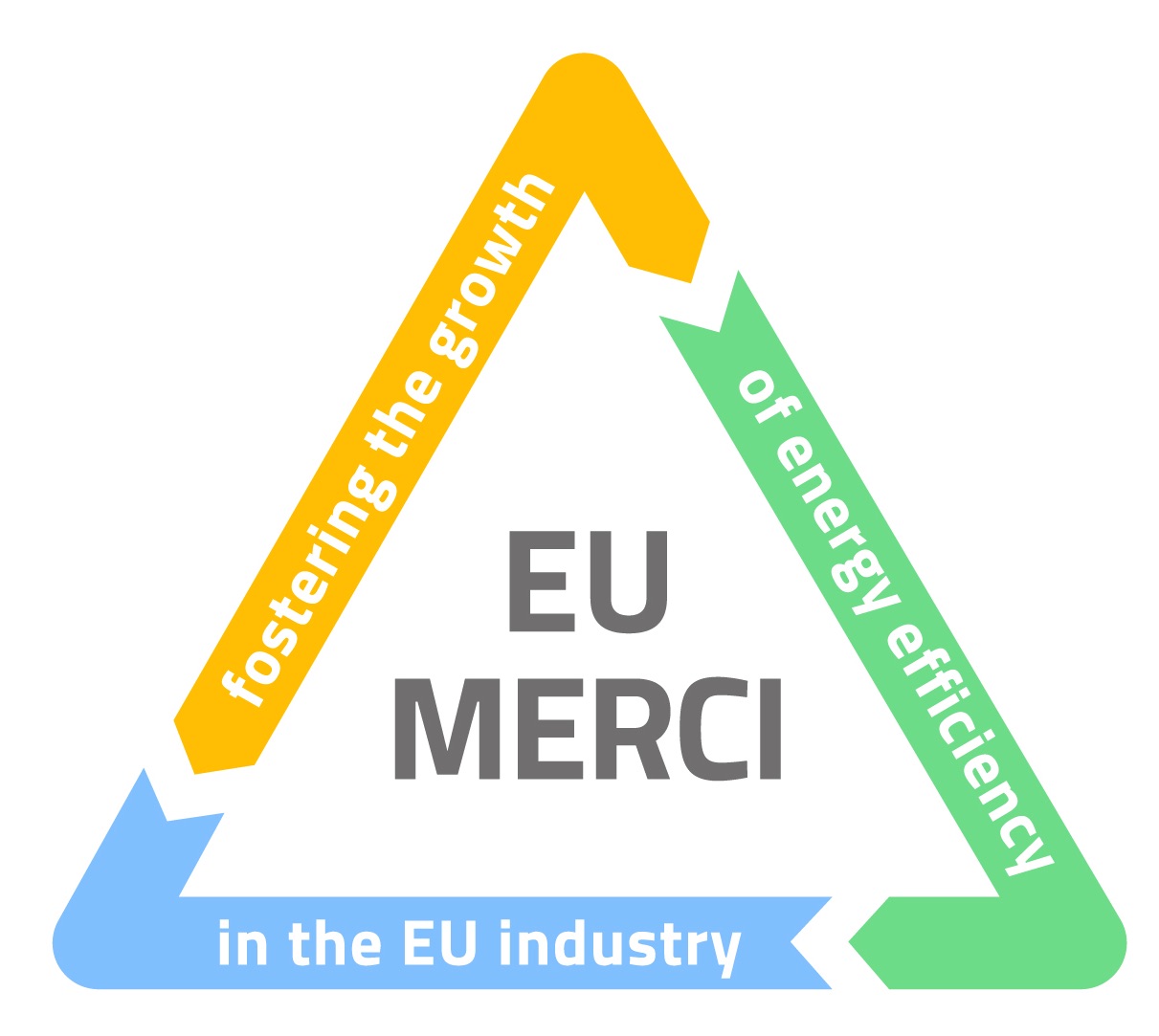Definition of the fields
ID: numeric code to univocally identify the measure in the EU-MERCI repository;
Source: name of the Enabler who provided the record;
DB Source-DB Key: numeric code to univocally identify the measure in the national data set;
Location: country in which the measure is implemented;
NACE Code: it is a standard code used in EUROSTAT and other statistics databases to identify the sector in which a Company operates. In EU-MERCI project, it is defined, when available, up to the fourth numeric digit (e.g. NACE C23.13). All the records in the repository belong to sector C (Manufacturing).
Company size: it defines the size of the Company that has put in place the Energy Efficiency project. It has been chosen to use as a basis the number of employees: Small, up to 50 employees; Medium, from 51 to 250 employees; Large, more than 250 employees;
Implementation Status: it defines whether the project has been realized. It can be “implemented” or “not implemented” (in case the measure is still not put in place);
Implementation year: if the measure is implemented, it shows the year of implementation (the year when savings started to be computed);
Technical Life time: it gives the expected life time of the measure (in years);
Measure Description Original: full textual description of the adopted measure in the original language;
Measure Description Translated: full textual description of the adopted measure translated in English from the original language;
Case: it is used to distinguish measures with one action (Single) from measures with multiple actions (Combined): e.g. installation of inverters on a compressor is considered a single measure, while the contemporary installation of inverter and heat recovery on a compressor is considered a combined measure;
Energy carriers: it shows the energy carriers (from 1 to 5) involved before and after the implementation of the measure;
Baseline category: when the baseline is available, it defines whether it was calculated before putting in place the measure and whether it is referred to the whole plant or only to the specific process (identified in taxonomy);
Baseline consumption: it gives the value of the baseline consumption for each energy carrier (from 1 to 5);
Final energy saving: it gives the amount of final energy saved thanks to the measure for each energy carrier (from 1 to 5);
Savings calculation approach: it specifies which calculation approach has been followed to compute savings: it can be deemed (savings are calculated from electricity and fuel bills or using standard methodologies) or measured (specific instrumentation is installed in order to measure electricity and fuel consumption, e.g. flowmeters);
Overall Cost of implementation (EUR): it represents the cost of implementation of the project, considering the capital expenditure (CAPEX) to put in place the measure, without Operating costs;
Investment Subsidy Qualitative: it is a Boolean field that specifies whether the measure has received any subsidies from the policy makers;
Investment Subsidy Quantitative: if any subsidy has been received, it specifies its value;
Energy Price: for each energy carrier, it specifies its cost in €/toe; the costs have been calculated using average EU-28 energy costs for all carriers;
Reference Scheme: it specifies under which kind of policy the measure has been incentivised (e.g. White Certificates);
Measure Identified through external Audit (EED Article 8): it specifies whether the measure has been identified as a consequence of the Audits required by EED Article 8.
